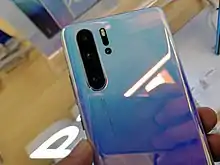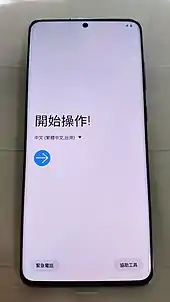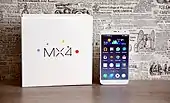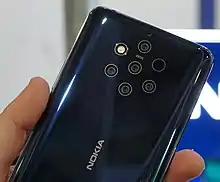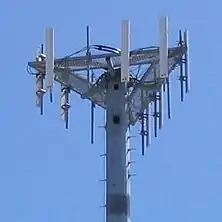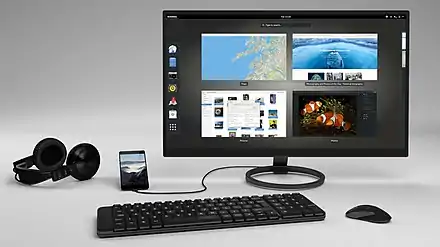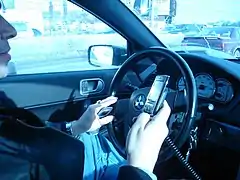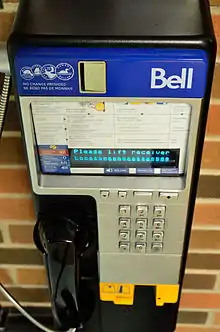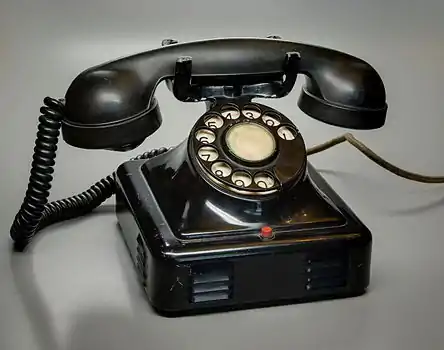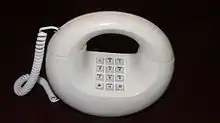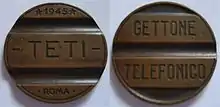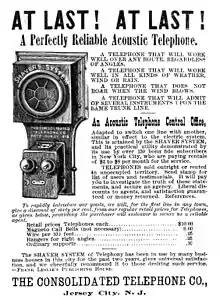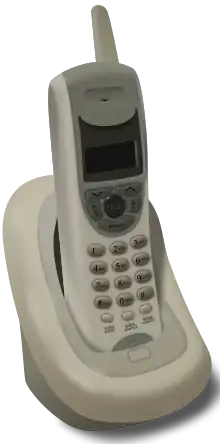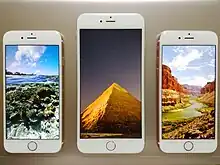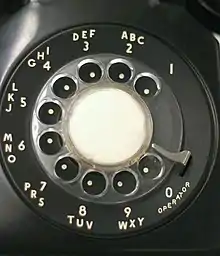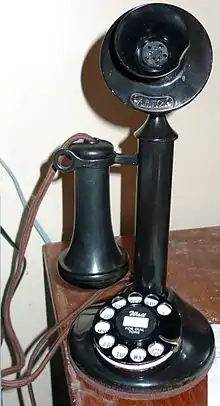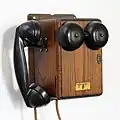Portal:Telephones
 The Telephones Portal
The Telephones Portal 
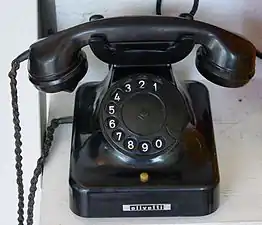
A telephone is a telecommunications device that permits two or more users to conduct a conversation when they are too far apart to be easily heard directly. A telephone converts sound, typically and most efficiently the human voice, into electronic signals that are transmitted via cables and other communication channels to another telephone which reproduces the sound to the receiving user. The term is derived from Greek: τῆλε (tēle, far) and φωνή (phōnē, voice), together meaning distant voice. A common short form of the term is phone, which came into use early in the telephone's history.
In 1876, Alexander Graham Bell was the first to be granted a United States patent for a device that produced clearly intelligible replication of the human voice at a second device. This instrument was further developed by many others, and became rapidly indispensable in business, government, and in households. (Full article...)
A mobile phone (or cellphone) is a portable telephone that can make and receive calls over a radio frequency link while the user is moving within a telephone service area, as opposed to a fixed-location phone (landline phone). The radio frequency link establishes a connection to the switching systems of a mobile phone operator, which provides access to the public switched telephone network (PSTN). Modern mobile telephone services use a cellular network architecture and therefore mobile telephones are called cellphones (or "cell phones") in North America. In addition to telephony, digital mobile phones support a variety of other services, such as text messaging, multimedia messagIng, email, Internet access (via LTE, 5G NR or Wi-Fi), short-range wireless communications (infrared, Bluetooth), satellite access (navigation, messaging connectivity), business applications, video games and digital photography. Mobile phones offering only basic capabilities are known as feature phones; mobile phones which offer greatly advanced computing capabilities are referred to as smartphones. (Full article...)
A smartphone is a portable computer device that combines mobile telephone functions and personal computing functions into one unit. They are distinguished from older-design feature phones by their more advanced hardware capabilities and extensive mobile operating systems, which facilitate wider software, access to the internet (including web browsing over mobile broadband), and multimedia functionality (including music, video, cameras, and gaming), alongside core phone functions such as voice calls and text messaging. Smartphones typically contain a number of metal–oxide–semiconductor (MOS) integrated circuit (IC) chips, include various sensors that can be leveraged by pre-installed and third-party software (such as a magnetometer, a proximity sensor, a barometer, a gyroscope, an accelerometer, and more), and support wireless communication protocols (such as Bluetooth, Wi-Fi, or satellite navigation). More recently, smartphone manufacturers have begun to integrate satellite messaging connectivity and satellite emergency services into devices for use in remote regions where there is no reliable cellular network. (Full article...)
Selected article -

The push-button telephone is a telephone that has buttons or keys for dialing a telephone number, in contrast to having a rotary dial as in earlier telephone instruments.
Western Electric experimented as early as 1941 with methods of using mechanically activated reeds to produce two tones for each of the ten digits and by the late 1940s such technology was field-tested in a No. 5 Crossbar switching system in Pennsylvania. The technology at that time proved unreliable and it was not until after the invention of the transistor that push-button technology became practical. On 18 November 1963, after approximately three years of customer testing, the Bell System in the United States officially introduced dual-tone multi-frequency (DTMF) technology under its registered trademark Touch-Tone. Over the next few decades touch-tone service replaced traditional pulse dialing technology and it eventually became a world-wide standard for telecommunication signaling.
Although DTMF was the driving technology implemented in push-button telephones, some telephone manufacturers used push-button keypads to generate pulse dial signaling. Before the introduction of touch-tone telephone sets, the Bell System sometimes used the term push-button telephone to refer to key system telephones, which were rotary dial telephones that also had a set of push-buttons to select one of multiple telephone circuits, or to activate other features. Digital push-button telephones were introduced with the adoption of metal–oxide–semiconductor (MOS) integrated circuit (IC) technology in the early 1970s, with features such as the storage of phone numbers (like in a telephone directory) on MOS memory chips for speed dialing. (Full article...)Types of phones -
iPhone is a line of smartphones produced by Apple Inc. that use Apple's own iOS mobile operating system. The first-generation iPhone was announced by then-Apple CEO Steve Jobs on January 9, 2007. Since then, Apple has annually released new iPhone models and iOS updates. As of November 1, 2018, more than 2.2 billion iPhones had been sold. As of 2022, the iPhone accounts for 15.6% of global smartphone market share.
The iPhone was the first mobile phone to use multi-touch technology. Since the iPhone's launch, it has gained larger screen sizes, video-recording, waterproofing, and many accessibility features. Up to the iPhone 8 and 8 Plus, iPhones had a single button on the front panel with the Touch ID fingerprint sensor. Since the iPhone X, iPhone models have switched to a nearly bezel-less front screen design with Face ID facial recognition, and app switching activated by gestures. Touch ID is still used for the budget iPhone SE series.
The iPhone is one of the two largest smartphone platforms in the world alongside Android, and is a large part of the luxury market. The iPhone has generated large profits for Apple, making it one of the world's most valuable publicly traded companies. The first-generation iPhone was described as a "revolution" for the mobile phone industry and subsequent models have also garnered praise. The iPhone has been credited with popularizing the smartphone and slate form factor, and with creating a large market for smartphone apps, or "app economy". , Apple's App Store contained more than 2.2 million applications for the iPhone. (Full article...)Selected audio -
Last-call return, automatic recall, or (on PBX and centrex service) camp-on, is a telecommunication feature offered by telephony service providers to subscribers to provide the subscriber with the telephone number, and sometimes the time, of the last caller. The service may also offer the facility to place a call to the calling party. (Full article...)
List articles
- Comparison of smartphones
- List of best-selling mobile phones
- List of countries by number of broadband Internet subscriptions
- List of countries by number of telephone lines in use
- List of countries by smartphone penetration
- List of country calling codes
- List of iPhone models
- List of mobile network operators
- List of mobile phone brands by country
- List of mobile phone generations
- List of telephone operating companies
Related portals
General images -
Selected biography

Selected images
Topics
Subcategories
More
 |
Here are some tasks awaiting attention:
|
![]() WikiProject Telecommunications
WikiProject Telecommunications
![]() Bell System task force
Bell System task force
Telephones in the news
No recent news
Associated Wikimedia
The following Wikimedia Foundation sister projects provide more on this subject:
-
 Commons
Commons
Free media repository -
 Wikibooks
Wikibooks
Free textbooks and manuals -
 Wikidata
Wikidata
Free knowledge base -
 Wikinews
Wikinews
Free-content news -
 Wikiquote
Wikiquote
Collection of quotations -
 Wikisource
Wikisource
Free-content library -
 Wikiversity
Wikiversity
Free learning tools -
 Wiktionary
Wiktionary
Dictionary and thesaurus
-
 List of all portalsList of all portals
List of all portalsList of all portals -
 The arts portal
The arts portal -
 Biography portal
Biography portal -
 Current events portal
Current events portal -
 Geography portal
Geography portal -
 History portal
History portal -
 Mathematics portal
Mathematics portal -
 Science portal
Science portal -
 Society portal
Society portal -
 Technology portal
Technology portal -
 Random portalRandom portal
Random portalRandom portal -
 WikiProject PortalsWikiProject Portals
WikiProject PortalsWikiProject Portals
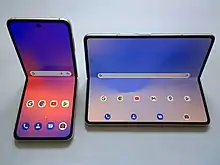
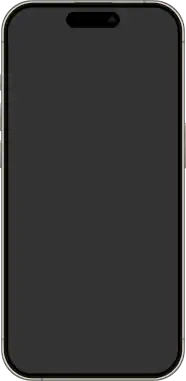
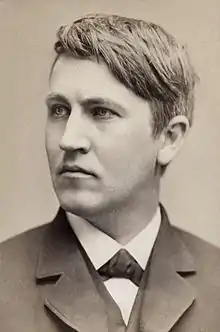

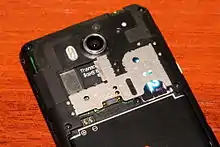

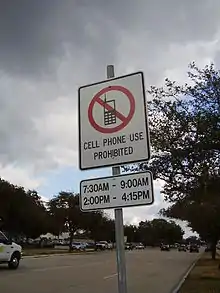

.jpg.webp)
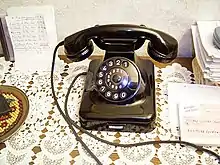
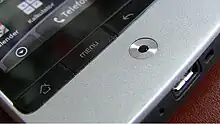




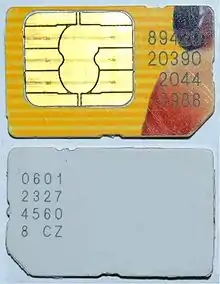
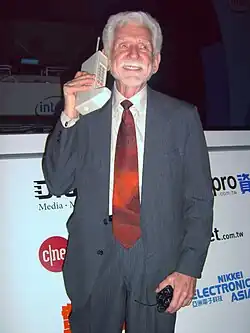
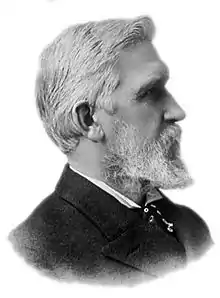
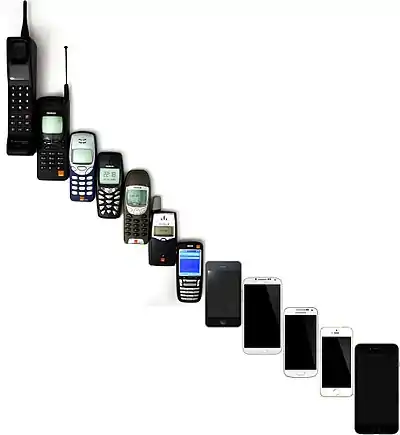
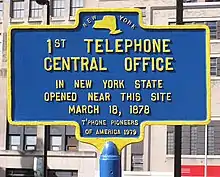
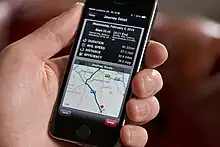


.svg.png.webp)
.jpg.webp)
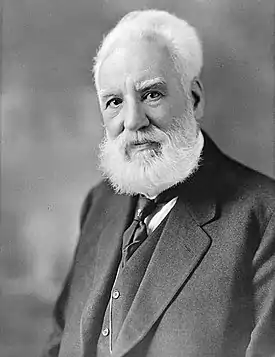

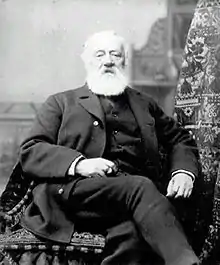
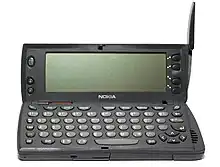
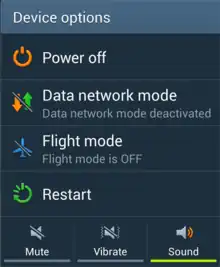
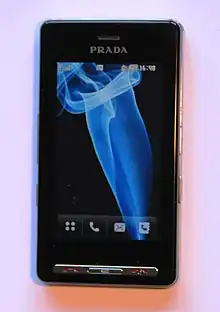
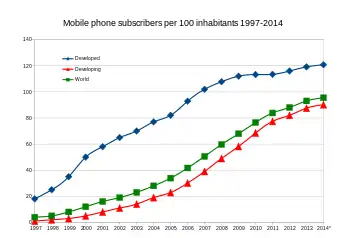
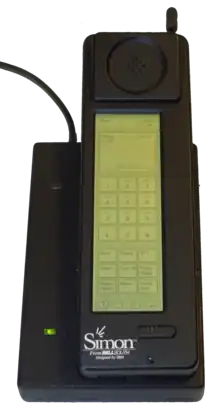
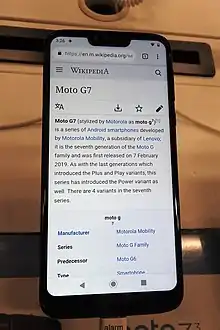
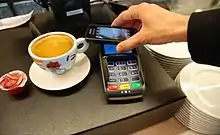
.jpg.webp)
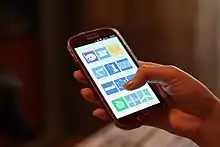
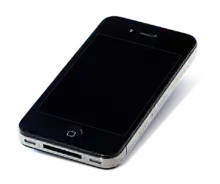

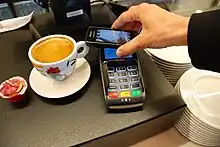
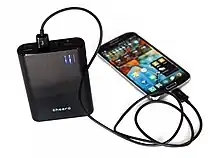
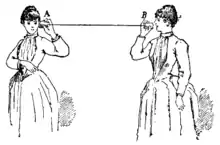
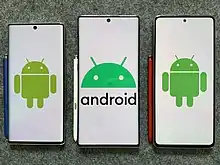
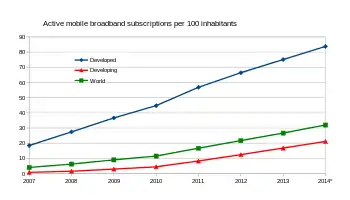
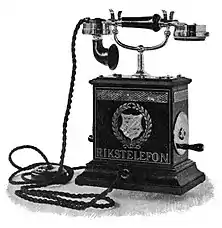
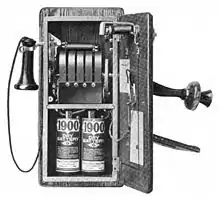
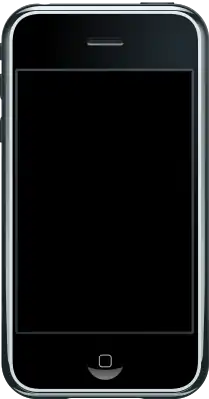
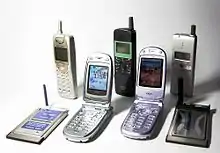
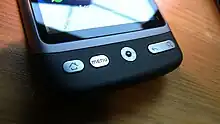
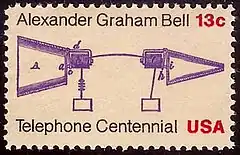
.jpg.webp)
